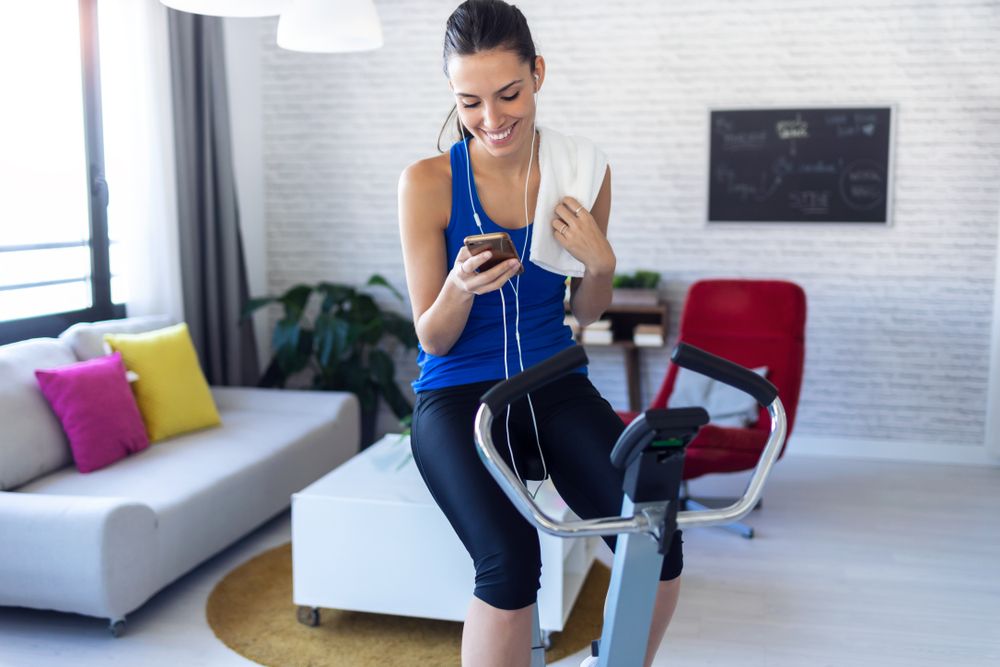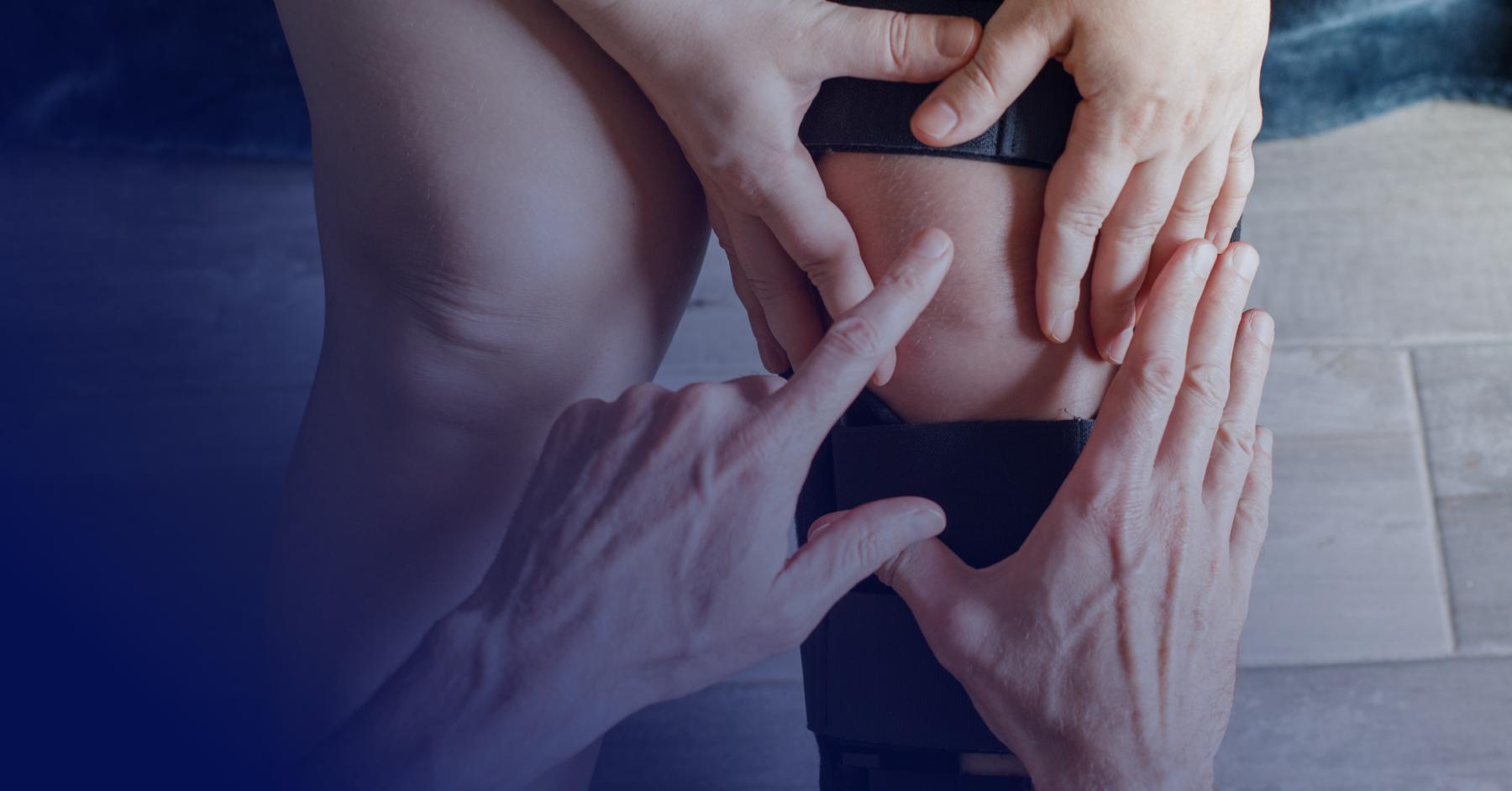Preventing and Treating Indoor Cycling Injuries
Workout Injuries, Knee Injuries, Hand Injuries

Indoor cycling is a great workout. But it can cause aches and pains if you’re not positioned on the bike correctly. Follow these tips to stay safe while cycling!
Indoor cycling has skyrocketed in popularity, and it’s not hard to see why. During the pandemic, people sought a home-based workout alternative and rushed to buy indoor cycling equipment. Today’s indoor bicycles are interactive and allow you to work with an online trainer, which makes the workout more fun and less solitary. Plus, you don’t have to worry about the weather. You can exercise anytime of year in the comfort of your own home
As a cardiovascular workout less stressful on the joints, indoor cycling can’t be beat. But it can lead to pain and injuries if you don’t follow the correct technique and form. Before hopping on the bike, learn how to pedal the right way for a pain-free workout.
Preventing common indoor cycling injuries
Just because indoor cycling is a low-impact aerobic activity doesn’t mean your joints won’t ache after a session. Specifically, your knees, back, shoulders, wrists, and feet may feel sore, mostly because you’re not correctly stationed on the bike. But you can have a pain-free ride by getting into the proper position. Here are some tips:
Knees. Do you feel pain along the inside or front of your knee? It could be because you’re sitting too low and/or too far forward on the bike. To get in the right position, raise the seat up so that when the pedal is at the bottom of your stroke the knee is bent at a 30 degree angle. Move the saddle forward or backward to position the front of the knee above the front of the shoe. You can also lower the resistance, or shorten your workout, to further prevent knee pain.
Back & shoulders. Hunching too intently over the handlebars strains your back and shoulders. But the fix is simple: Raise the handlebars or move them closer to your midsection. And always keep your torso bent at a 30-degree angle. And remember to relax your neck and shoulders as you cycle.
Wrists. You may not realize it, but you stress your wrists and hands when you lean forward or bend them too much during a ride. Try to maintain a slight bend at the elbow and keep your wrists straight when holding the handlebars. The goal is to not put too much weight on your wrists and hands. Another option is to wear gloves when pedaling.
Feet. Ill-fitting shoes can lead to a common cycling injury known as metatarsalgia. It’s also called hot-foot syndrome because the balls of your feet will feel hot. The solution is to wear well-fitted, padded shoes. Your feet should be secure in the pedals, but not so squeezed it causes pain.

Prepping for your ride
Like any other workout routine, indoor cycling requires some prep time. Exercises to build strength and flexibility in the mid-back region can get you into the right position when riding and help prevent injuries. Try these two:
Quadruped thoracic extension. Get down on your hands and knees, making sure your spine is in a neutral position. Move your elbows and forearms down to the floor and bring your hands together in a triangle. Then, lower your chest to the floor and shift your weight back toward your knees. Hold for 30 seconds.
Bird-dog exercise. Position yourself on your hands and knees, with your hands under your shoulders and your knees under hips. Keep your neck and spine in a neutral position. With your shoulders and hips parallel to the floor, lift your right leg straight behind you as you lift your left arm up with the thumb pointing up. Hold for five to ten seconds, and return to the original position. Do on the opposite side. Aim for two to three sets with between eight and twelve repetitions.
If pain persists, see a physical therapist. They may be able to pinpoint where your positioning on the bike is off and suggest adjustments. A physical therapist can also guide you through exercises to strengthen the muscles used during a ride. And if you do suffer an injury, your physical therapist will help you recover with an individualized therapy plan. After investing in an indoor bicycle, you’ll want to get the most out of your workout, and that means a pain-free session.
Come to All Sports for all your physical therapy needs
Whether you cycle indoors, work out in a gym, or play a sport, your goal is to avoid pain and injuries while maintaining fitness. At All Sports Physical Therapy, we’ve helped thousands of patients overcome injuries and get back to doing what they love. Our comprehensive physical therapy combines exercises and other methods to give you the strength and mobility for a successful workout. Contact us to learn more.



